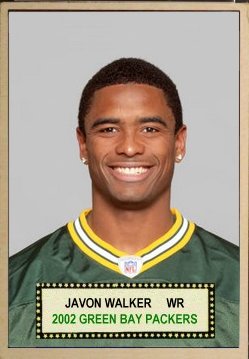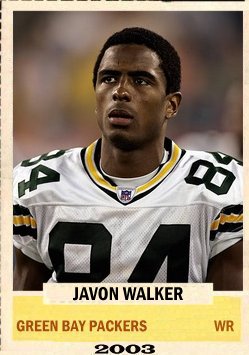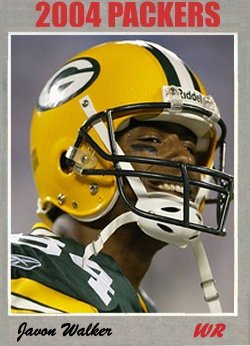Ty Detmer was Texas Player of the Year for his senior year of high school in San Antonio where his father Sonny was his coach but was so frail looking that there was no major push to recruit him. Brigham Young Coach La Vell Edwards often told the story that when Detmer visited Provo that Edwards expected to see John Elway when “in walks Pee Wee Herman.” At BYU, though, Ty racked up an NCAA record 15,031 yards passing with 121 TD passes in three-and-a-half years. He threw at least one touchdown pass in 35 consecutive games at BYU and won the Heisman Trophy as a junior and the Davey O’Brien Award for the nation’s top college quarterback as both a junior and senior.
What NFL scouts saw was a small, fragile player listed at six-foot and 190-pounds who was suspect as both a Heisman winner and a BYU quarterback. Detmer was not drafted until the ninth round by Green Bay. In four years backing up Brett Favre in Green Bay, Ty got into only eight games, but the Eagles signed him in 1996 as someone who was familiar with coordinator Jon Gruden’s offense. Early in the 1996 season, Eagles’ starter Rodney Peete hurt his knee, and Detmer finally got his chance. The Eagles won Ty’s first four starts, but in the second half of the year both Detmer and the Eagles were exposed a bit. The team made the playoffs but played poorly in being shut out by San Francisco in a first-round game. The next year, Detmer just barely won the starting job in training camp and was shuffled in and out of the lineup all season.
At the end of the season, Detmer left Philadelphia to back up Steve Young in San Francisco. After just one year, it was on to the expansion Cleveland Browns where he prepped vaunted rookie Tim Couch for a year. Ty next spent three years in Detroit where he threw seven interceptions in his first start and mentored another vaunted rookie, Joey Harrington, before finishing his career as a third stringer in Atlanta. Despite being too short to see, too slight to endure and too weak armed to throw, his pro career lasted more than 10 years. Detmer was smart, competitive, mobile, could manage a game plan and was a nice touch passer. He was an fine NFL backup but was 11-14 as a starter. In retirement, Detmer followed in his father’s footsteps and became a high school coach, although he did have a two-year stint as the offensive coordinator at BYU. Ty’s younger brother Koy spent eight years as a backup quarterback in Philadelphia and has also gone into high school coaching in retirement.
(Adapted from The Quarterback Abstract)






Custom cards in a variety of styles.











